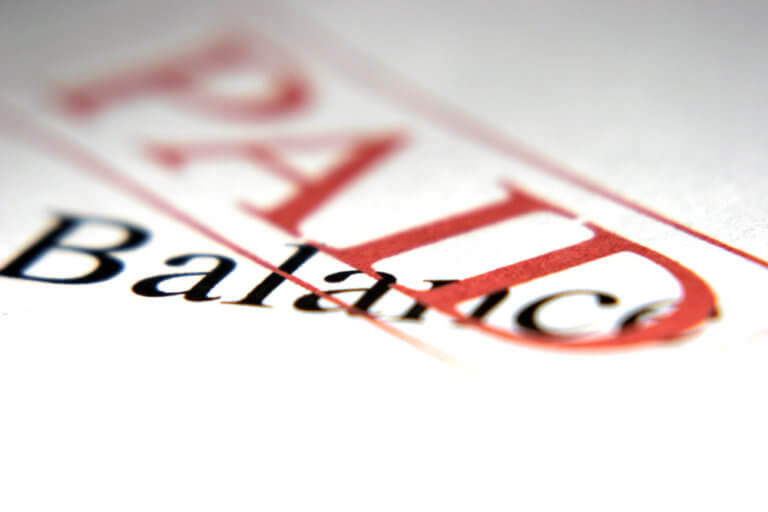By Jonathan Amponsah CTA FCCA, The Tax Guys
Business owners need to understand the language of numbers if their business is to succeed.
Let’s looks at how to understand your year-end or management accounts, what you need to know and red flags to look for. The aim is to take away the fear of accounting and help you connect with your numbers.
- Profit
The first thing to check is whether you’re making profit and if that profit figure makes sense. Do this by looking at the profit and loss account and scrolling down to the bottom which will show a profit (positive figure) or a loss (negative figure).
Then look at the top figure (the sales) and glance through the list of expenses.
Take the bottom figure (let’s assume it’s £15,000 profit). Divide it by the top figure (assume £100,000 sales). This gives you 0.15, meaning for every £1 of income, you’re generating 15p in net profit.
Is this level of profit what you had in mind? Does the 15% net profit margin deliver the right return?
- Is Your Business in a Good State?
Does the business have a positive balance sheet value? The balance sheet statement shows what your business has and what it owes. Note the number at the bottom. It’s normally called capital and reserves. A positive figure means your business has some value.
A negative figure is a red flag. It means if things carry on as they are, you won’t have a business for long. Take action and start by improving profits.
Reviewing the balance sheet ask simple questions like; is this how much I owe my creditors? is this how much my customers owe me? If the amount your customers owe you is higher, it’s a red flag. Get the debtors list, review and start making calls.
- Cashflow
Your profit figure shows £15,000 as above but your bank balance is only £3,000. Where did the £12,000 go? A financial statement called the cashflow statement reconciles your cash to your profit. Even without a statement you can check:
Have your customers paid you late?
Have you drawn more money or dividends out?
Have you paid your suppliers early?
Have you purchased some equipment?
If you answer yes to any of these, then chances are that’s where the £12,000 is sitting.
- Using trends
Compare the current year or the current month’s figures to the previous year or month to make sure you are making progress towards your milestones and also to spot anomalies.
For example, if your phone costs or utility costs have gone down by, say 30%, compared to last year, ask yourself why. Is this because of the cost cutting decision you made a year ago? Or the change in tariff decision?
- Margins
It is very important to know your Gross profit margin. The next time you get your accounts, take the direct costs of sales or direct expenses (variable costs) from the revenue. Divide that number by the revenue. This is your gross profit margin.
Say your revenue is £100,000 and your materials or direct labour or direct expenses cost £70,000. The difference of £30,000 divided by £100,000 revenue gives you a margin of 30% i.e. every £1 of sale, you’re making 30p in gross profit. This tells you how profitable you are at the gross margin level and whether your business model works or not.
Two red flags: if you’re making £30,000 in gross profit but your fixed costs are say £35,000, something needs to change if you’re to remain in business. Also, if your margin is far below the industry average, you need to understand why and take corrective action.
- Breakeven
Breakeven is the point where your total income equals your total costs.
The reason you need an idea of your breakeven number is so that you know how much income to make to cover all your costs.
How do you get this number from your accounts? You will first need to know your total fixed costs; the costs that do not change regardless of the amount of sales you make e.g. rent, admin team costs, rates, fixed line contracts. In your profit and loss account, it should be most items listed under admin expenses – although do watch out for any variable costs that find their way under admin costs.
You then need the gross profit margin. You divide the total fixed costs by the gross profit margin and this tells you the amount of sales you need to make at any given period to cover all your costs.
Let’s assume you have calculated the margin as 30% and your fixed costs as £35,000 as per the example above.
£35,000 divided by 30% gives you a figure of £116,667. Remember the income is currently £100,000. This tells you that your business needs to grow its income or review its costs if you’re to stay in business. Armed with this number you’re in control rather than flying blind.
- What’s Your Business Worth?
You now know how to get and make sense of your profit figure. You also know what to look out for when you review your balance sheet and the meaning of the balance sheet value. And how to look out for the cash drain in your business. Did you know that these give you a starting point in measuring the value of your business?
Healthy profits, good cashflow and positive balance sheet values are signs of a valuable business. Of course, there are many other factors to consider when valuing your business and other key drivers of business value. However, understanding your accounts will help you make the right decisions for building the value of your business.
Conclusion
Numbers are the language of business. It’s important that you or someone skilled in accounting interprets them. That way you’ll understand the story the numbers are telling you and can use this to inform your business decision-making. I hope the areas discussed here are helpful. Remember to keep talking to you accountant regularly as there are other key numbers to review.























